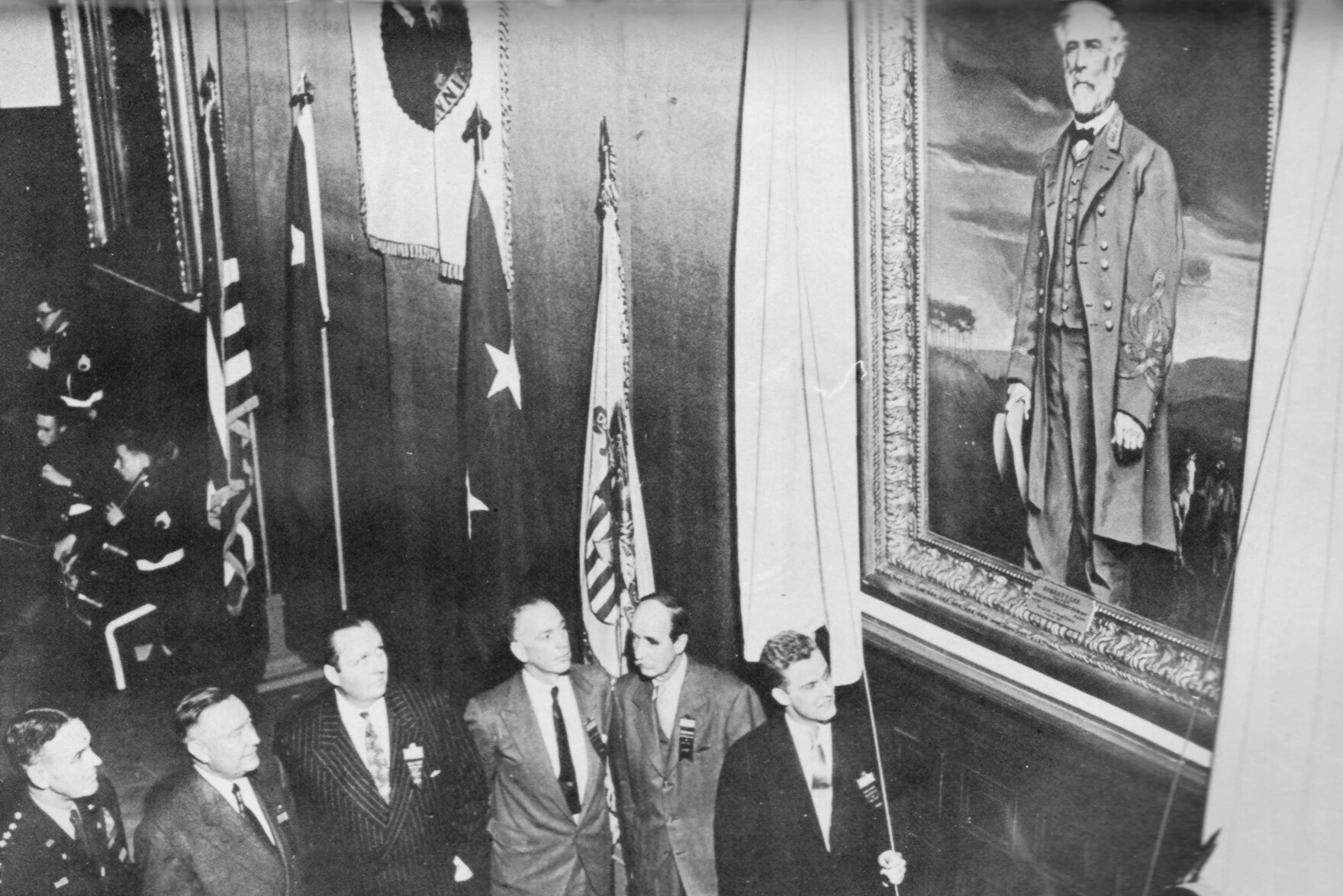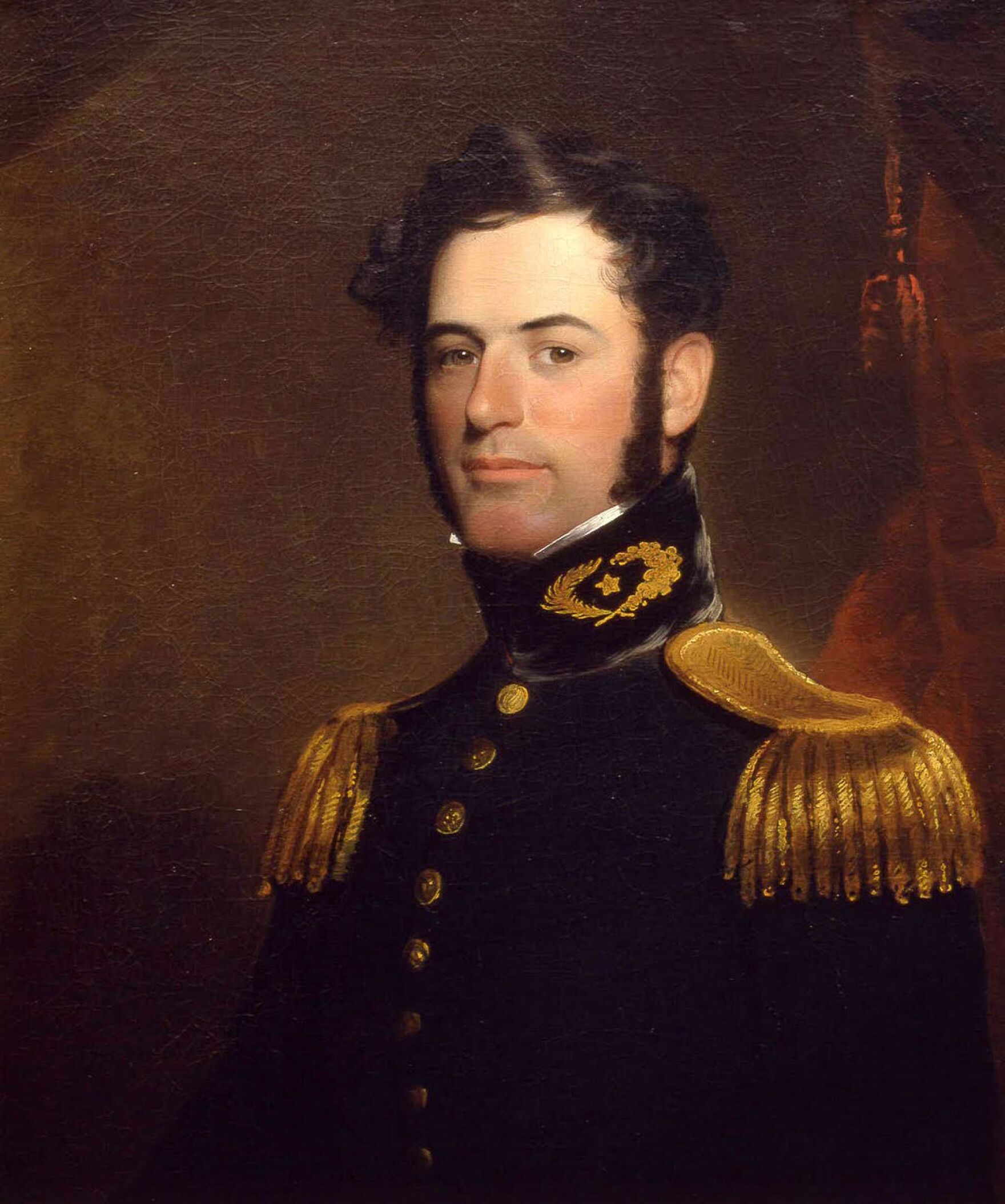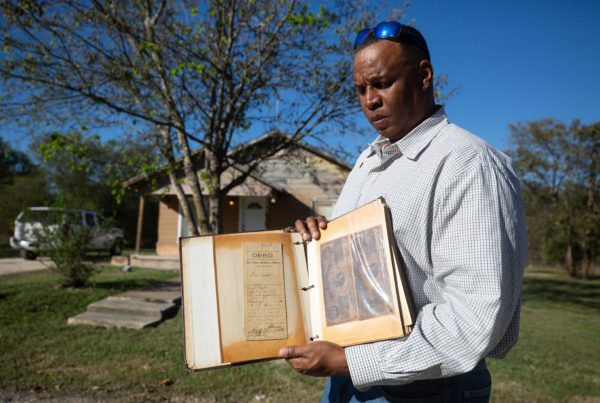Former Army Captain Jimmy Byrn graduated from the U.S. Military Academy at West Point, N.Y. in 2012. He spent late nights studying in the library – underneath a giant portrait of Robert E. Lee in his gray Confederate uniform, a slave tending his horse in the background.
“When I was a cadet, I didn’t really think a whole lot of the portrait itself or what it meant, that there was a man dressed in a Confederate uniform hanging up on the wall that was actively trying to break the United States apart,” Byrn said.
But in more recent years, as Byrn thought more about the portrait, he began calling for West Point to remove it. He’s also in favor of renaming places on the campus that are named for the general – Lee Barracks, Lee Gate, and Lee Road.
“Robert E. Lee was not just a racist and a slave owner,” Byrn said in a research paper co-written with fellow West Point graduate Gabe Royal for the academy’s Modern War Institute. “He chose to betray his country in the defense of his right to subjugate the Black race, which now comprises a significant portion of the Army and officer corps.”
Still, Byrn is less troubled by another portrait of Lee at West Point. It portrays Lee long before the Civil War, when he was still part of the U.S. Army and was wearing his blue U.S. uniform. Intended to honor Lee’s service as West Point’s superintendent from 1852 to 1855, the portrait hangs in the dining hall alongside those of every other superintendent of the academy.
Byrn said that one should stay.
“He did have a big mark on the academy that you can’t really erase,” Byrn said. “You can’t just pretend like Robert E. Lee was not the superintendent. And we need to remember that. But we need to remember it in a way that does not honor the final actions that Robert E. Lee took against this country.”















